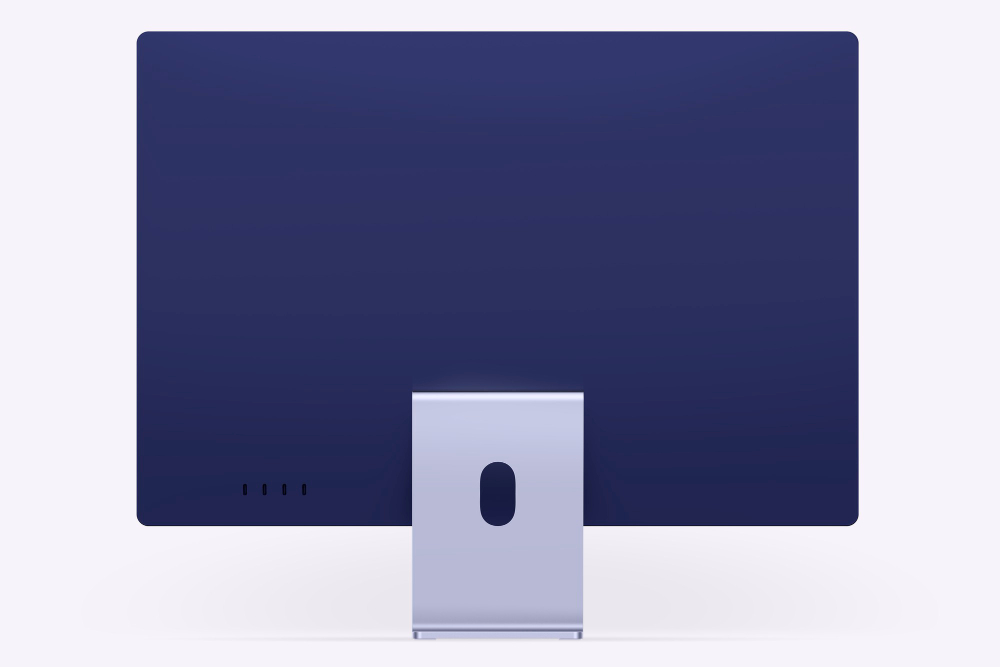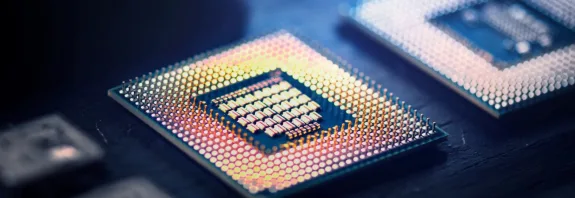All-in-One Computer

Starting with the Roots of Computer Evolution: All-in-One Computers
The All-in-One Computer in a Rapidly Evolving Tech World
All-in-One Computer – In a fast-developing technological landscape, new concepts emerge that reshape how we perceive and interact with devices. One such innovation is the all-in-one computer, which seamlessly blends elegant design, functionality, and high performance. In this article, we’ll explore the origins and advantages of this type of computer.
The History of the All-in-One Computer
The concept of the all-in-one computer emerged from a persistent drive to optimize workspace and simplify the use of computer technology. Early attempts to create all-in-one systems date back to the mid-20th century, but it wasn’t until advancements in technology and growing demands for aesthetics and functionality that this type of computer gained widespread popularity among users and businesses alike.
Features of All-in-One Computers
An is a versatile device that integrates the core components of a traditional system unit, monitor, and sometimes even built-in audio systems into a single chassis. Its compact design saves desk space, making it an ideal solution for both home and office environments.
One of the key advantages of all-in-one computers is their portability and ease of setup. They eliminate the need for complex wiring between a system unit and monitor, simplifying transportation and installation.
Additionally, all-in-one computers often feature impressive high-resolution displays, making them perfect for working with multimedia content, graphics, and video games.
Applications in the Modern World
In today’s world, all-in-one computers find broad applications across various domains. They are well-suited for home use, where their compact size fits neatly into small spaces, as well as for commercial purposes, such as point-of-sale systems, multimedia studios, and other professional settings.
Moreover, all-in-one computers are an excellent fit for educational institutions, where they can serve as learning terminals or interactive whiteboards.
Conclusion
All-in-one computers offer a convenient and functional solution for a wide range of user needs. Their compact design, high portability, and impressive performance make them an ideal choice for those seeking an efficient and stylish computing device.
With each passing year, all-in-one computer technology continues to evolve, offering users even greater possibilities in the realm of computing. This reflects the ongoing progress in the field of computer technology and the continuous pursuit of improvement.
All-in-One Computer vs. Traditional Desktop: Which Should You Choose?
The decision between an all-in-one (AIO) computer and a traditional desktop PC depends on your needs, budget, and personal preferences. Let’s examine the main advantages and disadvantages of each option to help you make an informed choice.
All-in-One Computer (AIO PC)
Advantages:
- Compactness: All components (processor, motherboard, memory) are integrated into the monitor’s housing, saving space.
- Aesthetics: Sleek design with minimal wiring, complementing modern interiors.
- Ease of Setup: No need to connect a separate monitor, system unit, or other components.
- Energy Efficiency: Typically consumes less power than a traditional PC.
Disadvantages:
- Limited Upgradability: Upgrading the processor, graphics card, or other components is more challenging than with a traditional PC.
- Lower Performance: Limited internal space often results in less powerful components.
- Price: Generally more expensive than a traditional PC with similar specs.
- Repairs: A failure in one component can render the entire device unusable.
Traditional Desktop Computer (Desktop PC)
Advantages:
- High Performance: Supports powerful processors, graphics cards, and cooling systems.
- Upgradability: Easy to replace or upgrade components (e.g., adding RAM, swapping graphics cards or processors).
- Price: Often cheaper than an AIO with comparable specifications.
- Flexibility: Allows for customization in case size, port options, additional storage, and more.
Disadvantages:
- Size: Takes up more space, including the monitor, system unit, and cables.
- Design: Less stylish, with more wires requiring organization.
- Noise: Powerful cooling systems can be louder.
Which Should You Choose?
Choose an All-in-One if:
- You need a compact and stylish device.
- You don’t plan to upgrade your computer.
- Your primary tasks are office work, studying, or web browsing.
- You want to minimize cable clutter.
Choose a Traditional Desktop if:
- You need high performance for gaming, graphics, or video editing.
- You plan to upgrade components in the future.
- You have enough space for a system unit and monitor.
- You’re looking for a budget-friendly option with room for improvement.
Summary:
- All-in-One: Ideal for simplicity, compactness, and aesthetics.
- Traditional Desktop: Best for performance, flexibility, and long-term investment.









